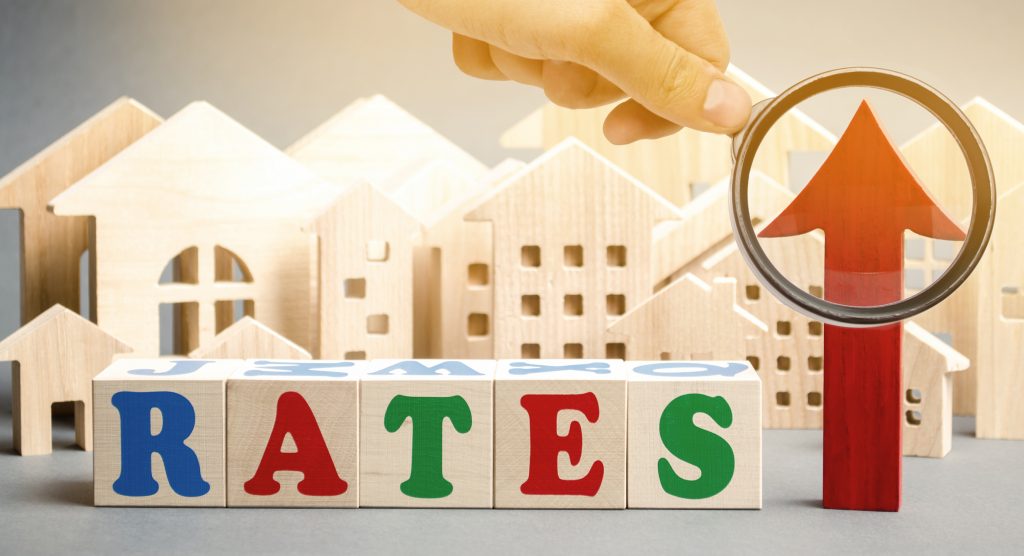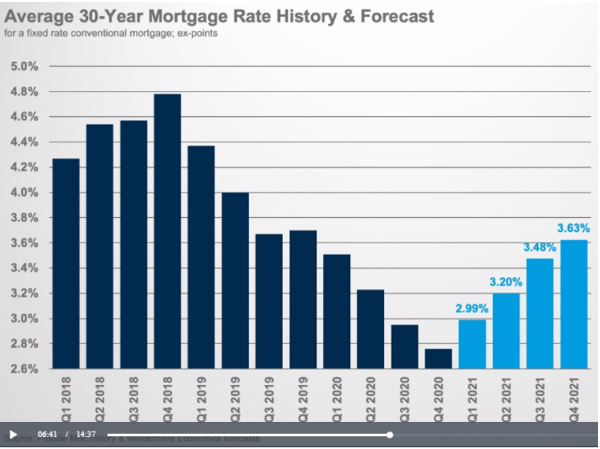Making the leap from renter to homeowner doesn’t happen overnight; it requires steady planning to put yourself in a good position to buy your first home. Prospective first-time home buyers can often feel like they’re waiting for a sign to indicate they’re ready to start making offers, when really, it’s a combination of factors. Here are seven signs that you’re ready to buy a home.
7 Signs You’re Ready to Buy a Home
1. You Know Which Homes You Can Afford
To know whether you’re ready to buy, you need to identify your price range. If you’re unhappy with your pre-approval, or need more money for your desired location, there are ways you can increase your buying power. Once you know which homes you can afford, you can work with your agent to find the right home and prepare an offer.
2. You Understand Your Local Market Conditions
The dynamics of the market in which you’re buying will play a role in determining whether you’re ready to buy. The local market conditions will dictate what kinds of offers you can expect to compete against, what tactics other buyers may employ, and whether the buyer or seller will have the leverage during negotiations. Therefore, it’s important to understand the difference between a buyer’s market and a seller’s market so you and your agent can strategize accordingly.
3. You’re Comfortable with the Responsibilities of Being a Homeowner
Having a mortgage instead of paying rent isn’t the only difference between owning a home and renting. You’ll be responsible for maintaining the property, making repairs, and completing remodeling projects. That doesn’t always mean you can’t predict a future need. The best way to prepare for unexpected projects on any home is to get a home inspection before you buy so that you know every inch of the property and can start to save for larger expenses that might come down the road.
4. You Have Funds Available for Home Buying Costs
The costs of buying a home are more than just your down payment and monthly mortgage. Before you move into your new home, you’ll have to pay closing costs, moving expenses, and appraisal and inspection fees, to name a few. Property taxes can sometimes be part of the mortgage and depending on the time of year may need to be paid before you move in. Once you’re settled, homeowners insurance will enter the fold. If you can afford these costs, it’s a sign that you are ready to buy.
5. You’re Making Progress on Your Debt
Having zero debt is not a realistic expectation for every first-time home buyer. But, if you have a plan in place for paying off your outstanding debt and can show evidence of the progress you’re making, it will strengthen your buying credibility. Lenders will factor this into their assessment of your financial health during the pre-approval process.
6. You Have a Strategy for the Down Payment
It is true that lenders view a twenty percent down payment as favorable and won’t require you to purchase private mortgage insurance (PMI), but it’s not game over if you can’t make a lump sum payment of that size. With a lower-than-twenty percent down payment, you may incur higher interest and fees over the life of the loan, which could put a greater strain on your finances long-term than waiting until you can pay more principal down. Whichever route you choose, make sure you have a solid plan in place to repay your loan.
7. Your Life Aligns with Buying a Home
Buying a home means you’ll be putting down roots, so it’s important that you and your household are ready to establish yourselves in one area before you buy. There’s financial logic behind this line of thinking, as well; in general, the longer you stay in one home, the more equity you’ll build. Career and income stability also play a role in determining whether you’re ready to buy. Landing a job with long-term prospects may be just the thing you need to green-light your decision to buy your first home.
To learn more about buying your first home, reach out to me! Let’s schedule a time to meet in person to discuss strategies!
 Facebook
Facebook
 Twitter
Twitter
 Pinterest
Pinterest
 Copy Link
Copy Link


















